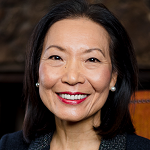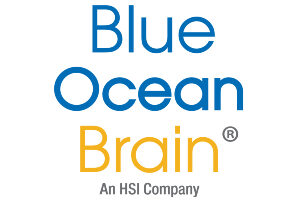Times change, mindsets evolve, and the makeup of our nation is becoming ever more multiracial and multicultural. In this changing context, we should ask: After all of the time, effort and resources invested into improving diversity and integration, why are we still be so divided?
This question is a somber reminder of how complicated and daunting the task of promoting diversity is. How do we begin our journey toward accepting and living among all our differences and foster an environment where every member of a society and employee in a workplace carries a comfortable self-identity filled with a sense of belonging?
The Mindset of Pervasive Diversity
Diversity is a mindset. It can’t be forced; it must come from within. People — not enforcements, policies or statistics — drive diversity climates and outcomes. When the word “diversity” evokes feelings of connection and embracement, rather than obligation and tension, it is the true sign of pervasive diversity — a physical and mental space where idealism and reality intersect.
In this environment, everyone matters equally. We share our viewpoints and perspectives without fear of being demonized. Trust prevails over distrust, and people unite rather than divide.
Regardless of who we are, every person on this planet shares a universal human essence. Through this shared humanity, we can build harmonious acceptance that transcends external differences. Diversity policies and programs that embrace this human element will shift the diversity paradigm to a new place that nurtures voluntary inclusiveness.
Developing Leaders Who Cultivate Pervasive Diversity
While individuals are responsible for making personal changes and broadening their lenses, shaping an organization’s diversity framework, mindset and culture begins at the top. It wouldn’t be possible to cultivate pervasive diversity without leaders who are committed to making bold (not necessarily popular) changes.
It is only natural that we all bring our own beliefs, values and biases to everything we do. We each have different upbringings, cultures and values that shape who we are. Our unique lenses see and interpret the world around us differently. It’s up to each of us, then, to reflect and explore the impact of our lens and mindset onto what we do and how we interact and behave. This is what true leadership is all about: owning our lens, mindset and behaviors; acknowledging their impact; and making change when it’s necessary.
Leaders are human, which means that they are fallible. However, the leadership qualities that connect and bring people together (humility, empathy, open-mindedness and courage) can be cultivated by anyone, because they are human qualities. It is a difficult task to balance two weights on a scale, taking care of one’s own needs while taking care of others. The needle constantly vacillates. Exemplary leaders are keenly aware of, manage and grow within this demanding environment to stay grounded and hold themselves accountable.
Leadership Mindset and Behavior
If leaders want to cultivate pervasive diversity and shift diversity culture, they must first examine their individual mindsets and attitudes toward differences. Making personal change is hard work — especially on our own. Leaders need feedback, training or coaching programs to help them raise their own awareness of their shortcomings and to make lasting changes. It is important to understand that having awareness alone doesn’t automatically translate into self-acknowledgment or embodied behaviors. Unless leaders take their learning to heart with vigorous discipline and practice, it will not stick.
We all have the ability to shift our mindset and create new norms. But without perseverance, we cannot make sustainable change. As leaders change, they change the people around them, creating a rippling effect that can enrich not only their own life but the lives of those they lead.



